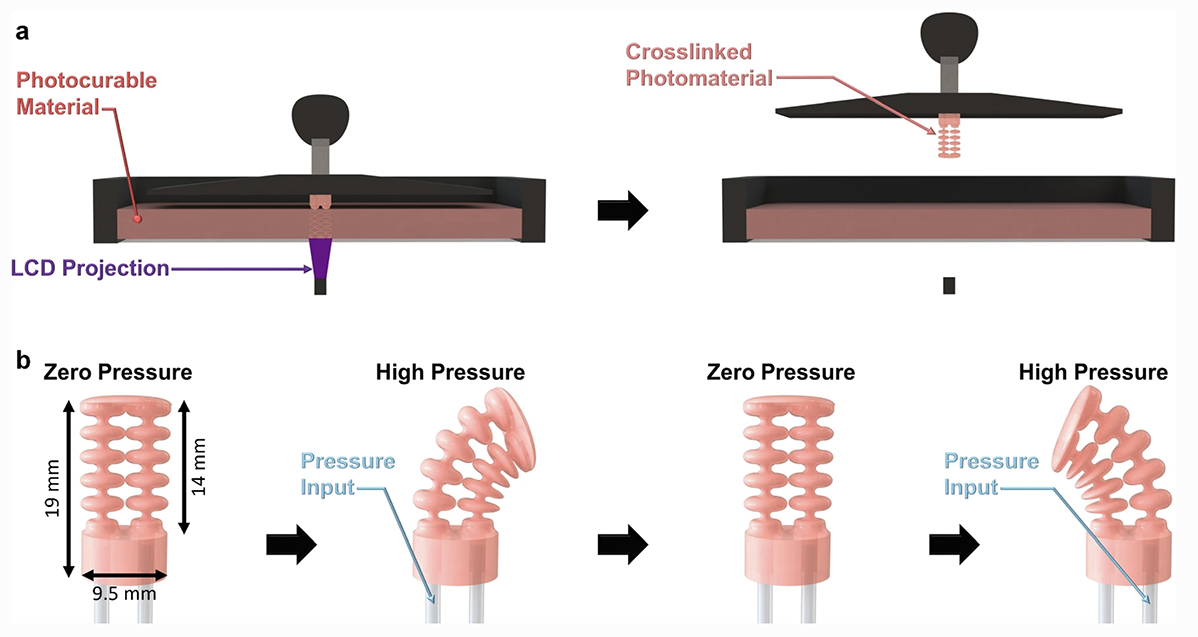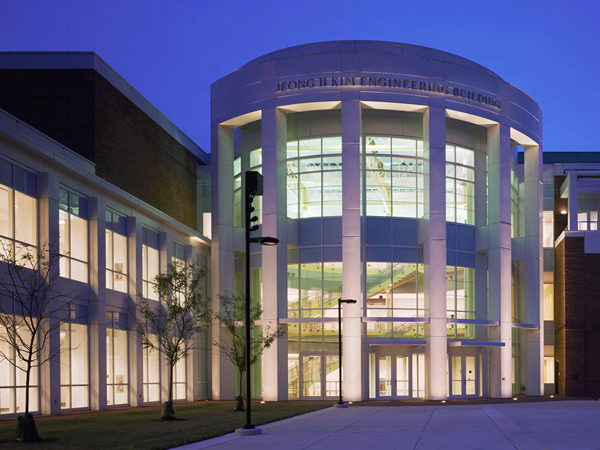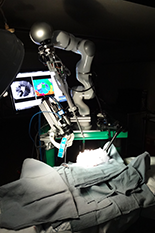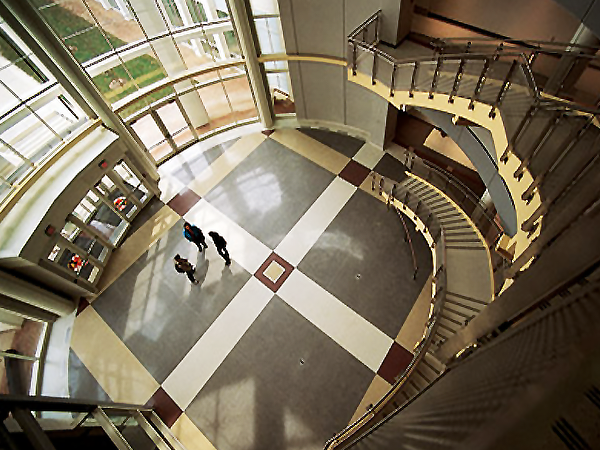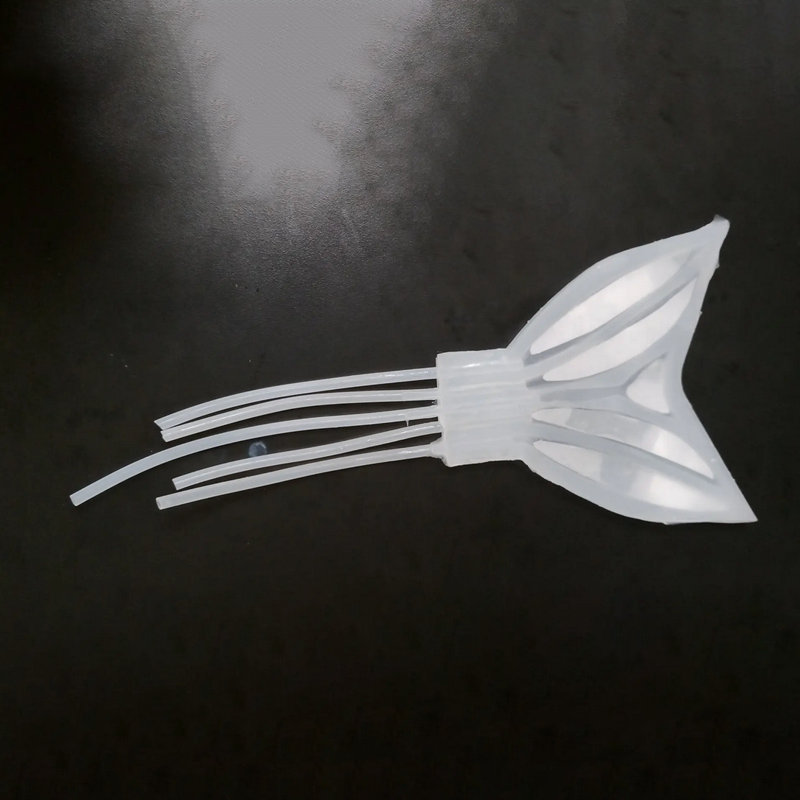News Story
Robot-Assisted Triage: UMD Team Answers the Challenge
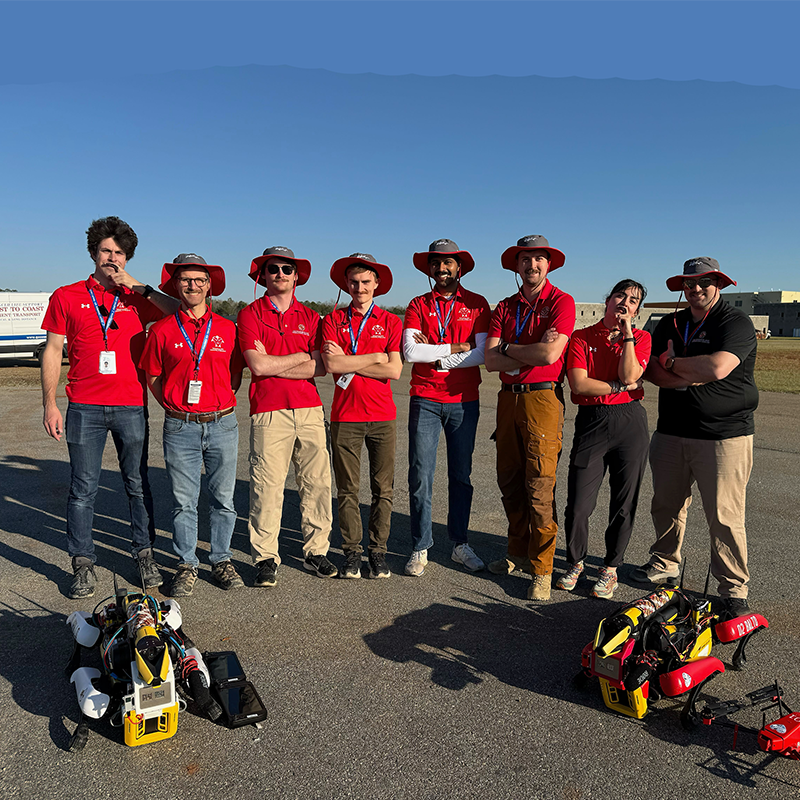
From left: UROC Project Engineer Josh Gaus, Willis H. Young Professor of Aerospace Engineering Derek Paley, UROC Test Enginneer Chris Titus, Zach Bortoff, Srijal Poojari, UROC Lead UAS Pilot Grant Williams, Kleio Baxevani, and UROC Director of Operations Rob Neuner.
Life or death in mass casualty situations can depend on how quickly response teams can reach the wounded and perform triage. But responders often face difficult scenarios in which the volume of casualties exceeds their capacity, making it harder to take quick action.
Can robots assist? In the Defense Advanced Research Projects Agency (DARPA) Triage Challenge (DTC), now in its second year, participants strive to demonstrate how it can be done, using intelligent ground and aerial robots in combination with advanced analytical tools. The University of Maryland’s RoboScout team aced the first phase of the challenge in 2024 and was selected to move on.
“The difficulty level has ramped up in Year Two,” says UMD UAS Research and Operations Center project engineer Josh Gaus, a co-PI for RoboScout. “Instead of relatively simple courses during the day and with markers that tell you the type of casualty, we’ve moved to night scenarios and no markers.”
To handle these more demanding scenarios, the team is upgrading its robots with better sensors while also training their detection algorithms on more complex datasets and refining the analytical toolkit that the system uses to make sense of the data.
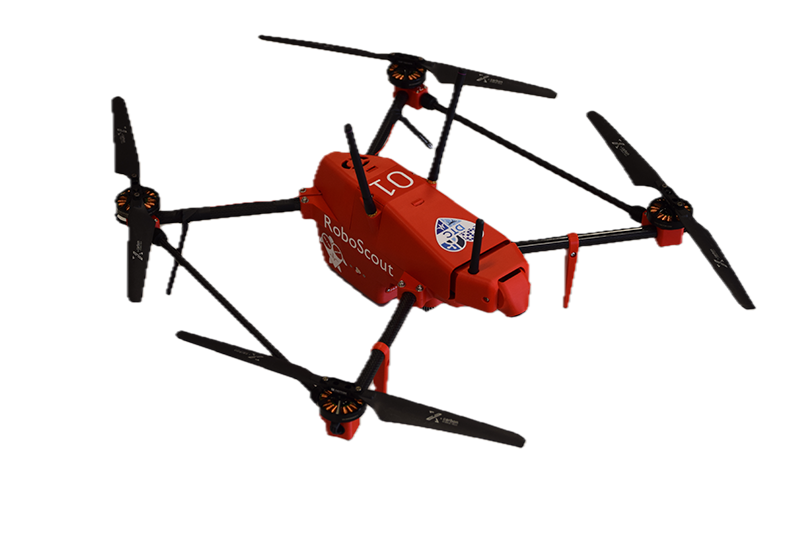
UROC’s custom-built Chimera drones are designed to be adaptable and capable of swift reconfiguration.
As Gaus notes, the recognition abilities of robots depend on what they’ve been taught to look for.
“In the DARPA challenge, as in real life, some casualties will be hard to detect. They might be half-buried in rubble or concealed by foliage, or they might be missing a limb. Humans are good at recognizing these kinds of edge cases, but robots don’t have that built-in ability. If they haven’t been shown something in a training data set, they’ll miss it,” Gaus said.
The key to using robots, whether ground or aerial, in triage scenarios is to understand which tasks are best allocated to them, and which ones are better handled by humans, he said. An aerial drone, for example, can provide a good general picture of the situation, enabling response teams to make informed decisions about prioritization and resource allocation.
Moreover, drones and ground robots can navigate areas that are hazardous to human responders, he noted.
RoboScout uses Spot “dogs” from Boston Dynamics and drones, dubbed Chimeras, that are custom-built by the team at UROC. Working out of their hangar in Southern Maryland, UROC engineers use 3D printing to engineer drones that are adaptable and capable of swift reconfiguration.
“For a competition of this kind, the ability to modify the platform quickly is crucial,” Gaus said. “If we need to change the camera sensor system or add a WiFi module, we need to swap them out right away. The aircraft also has to be integrated with the analysis tools that are running in the background.”
The team’s blend of robotics, sensor technology, computer science, machine learning, and operational expertise paid off during Year One, with RoboScout securing third place among the eleven participating teams.
One of a select group of teams to have been awarded DARPA funding going into the challenge, RoboScout nabbed first place among all funded university teams, and second among all funded teams.
Willis H. Young Professor Derek Paley (aerospace engineering), who directs UMD’s Maryland Robotics Center, is the overall PI for RoboScout.
The team's success, Paley said, bears testimony to the experience UMD has honed over the years–through competitions sponsored by the National Institute of Standards and Technology, and through the AI and Autonomy for Multi-Agent Systems co-operativeagreement–in designing robotic systems for use in complex environments, including simulated war zones and natural disasters.
With the enhanced difficulty of the DTC’s second year, UMD is now being challenged to notch up its capabilities further. “We aren’t just relying on our existing skills,” Paley said. “We’re building new ones.”
Published July 1, 2025
